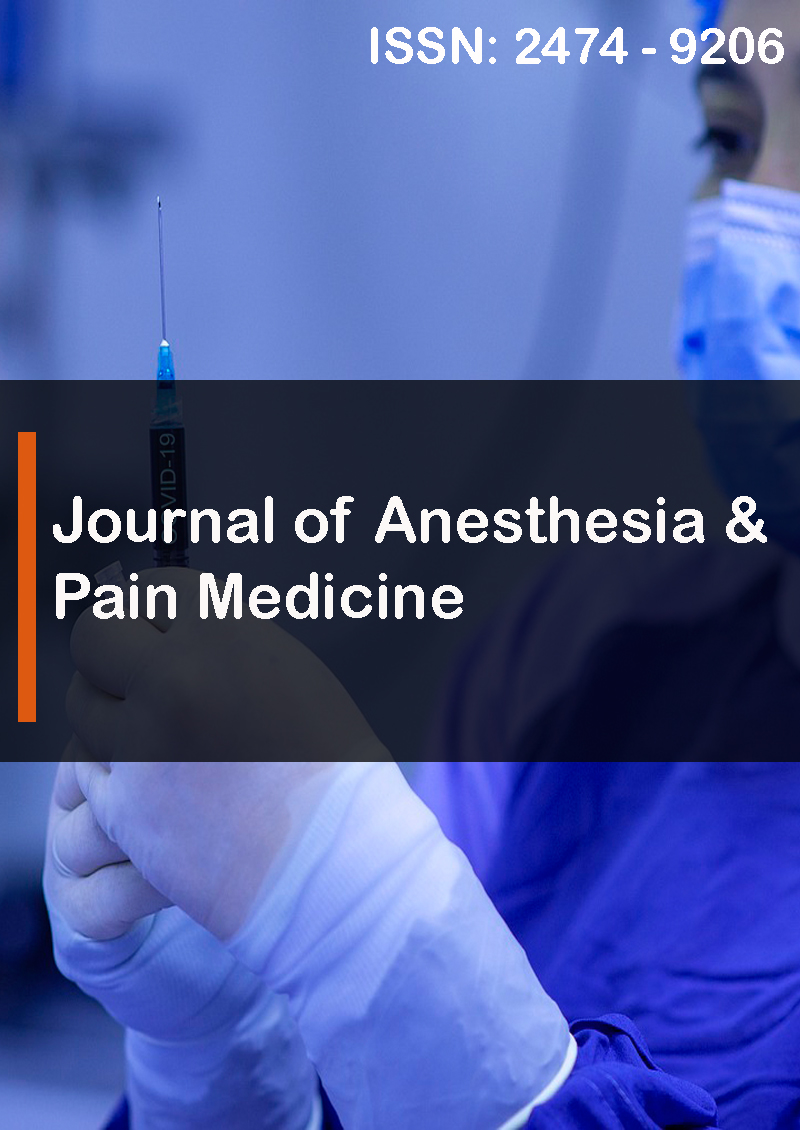Interventional Regenerative Medicine for Pain Control and Quality of Life Improvement as an Alternative Therapy: Review Article
Abstract
Hassan Mubark
Osteoarthritis (OA) and injuries are common presentations to orthopaedic and pain specialists. OA is related to ageing joints, but it could develop prematurely secondary to trauma (s), as in athletes and manual workers. Injuries could happen in the form of sprain or tear in the tissues; it might affect joint, tendon, ligament, bursa or other connective tissues like the meniscus and labrum. The standard management of orthopaedic conditions involves non-steroidal anti-inflammatory drugs (NSAIDs), steroid injections, and physical therapy. If the above measures fail, then surgical intervention is implemented using repair or reconstruction of the injured structure (s) like meniscus, labrum, tendon, or ligament. Furthermore, symptomatic OA would eventuate in joint replacement. As the science progresses, we are emerging promising non-invasive interventional regenerative medicine as a step to be considered before surgery. We need to adapt to the new era of giving options to the patients to choose the preferred approach following an algorithm from the conservative approach to the regenerative medicine trial therapy before proceeding to surgical intervention; the latter stays as the last resort. We are trying several regenerative therapies for symptoms control, including; pain, stiffness, swelling and reduced range of motion, and improving patients' quality of life. In OA, labral and meniscus tears, we try intra-articular injections of non-soluble long-acting hyaluronic acid injections like durolane or platelet-rich plasma (PRP) alone or in combination with soluble hyaluronic acid. Additionally, we found a significant positive outcome using expanded mesenchymal stem cell (MSC) therapy combined with PRP; we sometimes add soluble hyaluronic acid or exosome therapy as a scaffolding technique. MSC therapy was shown in multiple studies to slow or stop the degenerative process with an excellent anabolic effect. Tendon tear has been treated successfully with PRP alone or combined with MSC therapy to heal the tendon entirely or partially. Our article addresses the use of regenerative medicine as an alternative to the long-term use of analgesics, NSAIDs, and neural blockade agents. Those treatments have potential body toxicity, such as NSAIDs induced gastrointestinal bleeding, renal failure, and liver damage. Narcotics have a problem with addiction, and neural blockade agents can cause dizziness, drowsiness, impair work function, driving and other unwanted side effects. Furthermore, we try to avoid surgical intervention by using non-invasive harmless regenerative therapy like hyaluronic acid or autologous treatment using PRP alone or in combination with expanded MSC therapies.



